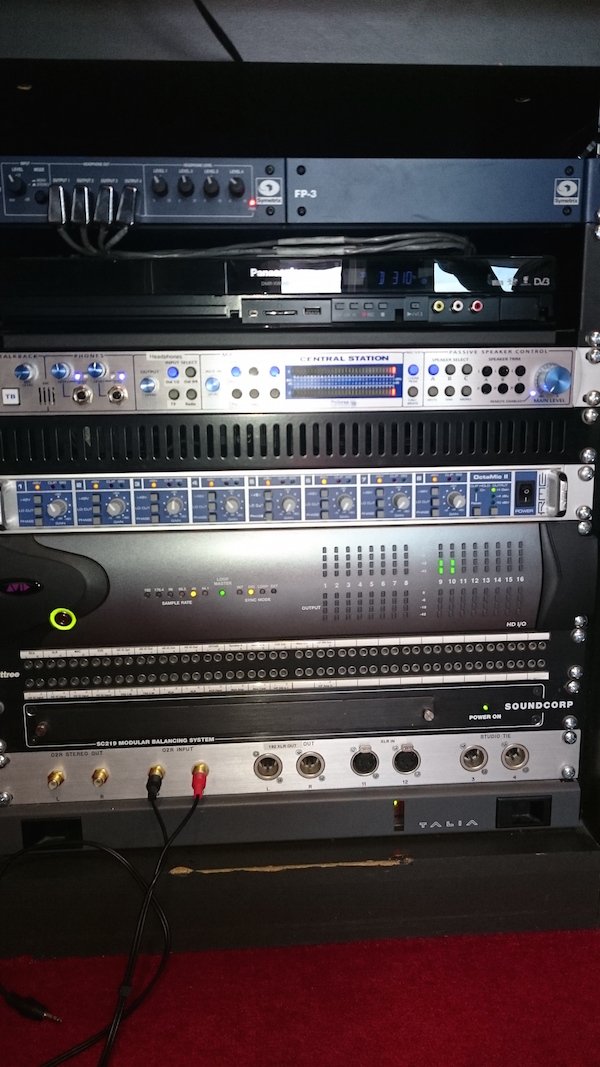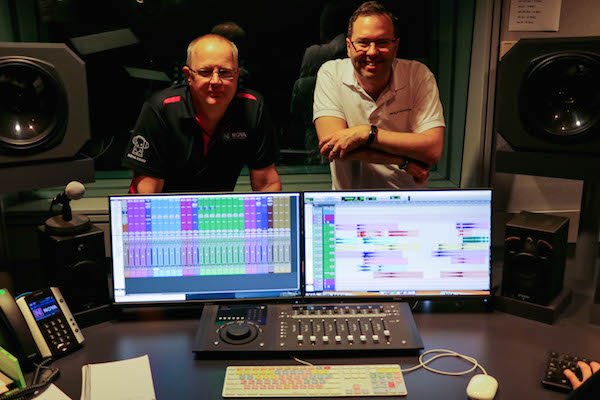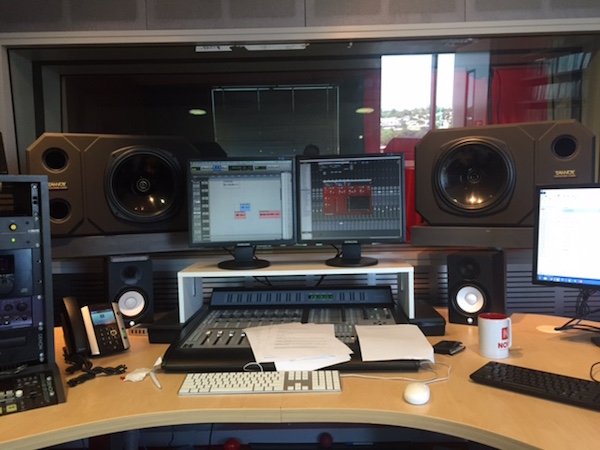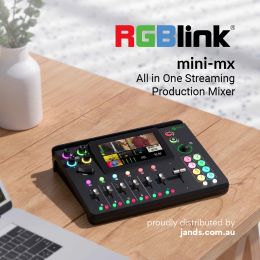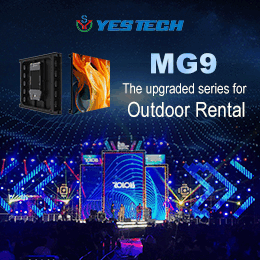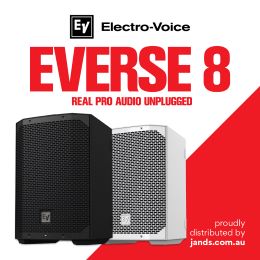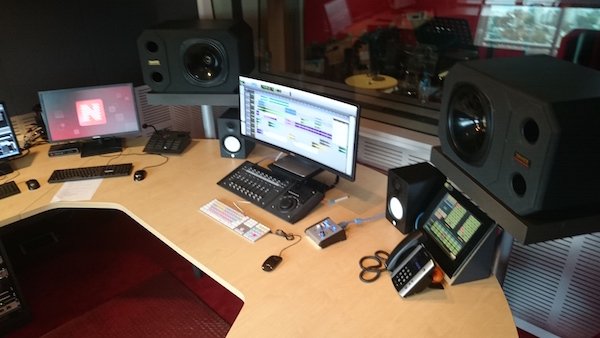Subscribe to CX E-News
20 studios and a Lap of the Map
Nova Entertainment is Australia’s fastest growing entertainment company with broad interests across the media industry. The company owns and operates nine radio stations, including the most listened to metro network, the five stations that make up the Nova Network. Growing steadily from its first FM license and studio back in 2000, the network has slowly added more facilities over the last 16 years. With 20 studios built and equipped across years, it was time to bring them all onto a standard rig. Jason Allen spoke with Soundcorp’s Scott Jamieson and Nova’s Malcolm Sully about how to refit 20 working studios across three time zones…
Soundcorp’s Melbourne-based Manager of Professional Audio Products, Scott Jamieson, is no stranger to large scale radio station rollouts. In addition to working with Nova for 15 years, he’s also overseen rollouts for the ABC and the Austereo network. It was Soundcorp that fitted out Nova’s first Sydney studio in 2000, supplying everything including mics, CD players, monitors, processors, headphone amps and patchbays, essentially the whole audio chain from mic to transmitter. From the opening of their second studio in Melbourne soon after, Nova have been a Pro Tools house, supplied nationally by Soundcorp.
“Over the last 15 years, we’ve sold each of the Nova stations their Pro Tools HD rigs as they’ve come online,” outlined Scott. “The systems were initially HD2 PCIe cards with a Digidesign 192 16-channel I/O. That rolled out over nine years, through Sydney, Melbourne, Perth, Adelaide, Brisbane, Gosford, and then the second stations for Sydney and Melbourne, who are now known as Smooth. Across the stations and 15 years, there’s been 20 Pro Tools systems installed, all based on the same hardware, but in different versions according to what year they were bought.”
On the Tools
“For most of the studios, the gear hadn’t been touched since each city had been launched,” explained Malcolm Sully, a Perth-based Technology Manager for Nova. “We did a soft rollout and Pro Tools upgrade six years ago, where we changed to Intel Macs and got Pro Tools onto the latest version. This time around, we were looking at a much bigger project, as the newest version of Pro Tools wasn’t backward-compatible with the old Macs. We had HD 2 systems on PCIe cards everywhere, but moving forward, we had to go with Thunderbolt to accommodate the new technology.”
“We specified the systems as new Mac Pros with G Technology media-specific high- throughput external Thunderbolt drives, Pro Tools HD Native and an Avid HD 8x8x8 I/O, the modern equivalent of a 192,” continued Scott. “That’s a good substitution because the cabling is the same. We traded in the old HD2s and the 192 against the HD Native and 8x8x8; Avid has done hardware trade-ins at the HD level for many years. As we started the discussions on this project in March 2015, Pro Tools 12 had been released, but it was still version12.0, and we agreed we’d stick with 11, but with a contingency that, within 12 months, we’d upgrade to the latest version of 12. That’s what we’ve just finished now in September 2016.”
All About the Workflow
Nova uses its Pro Tools production studios for three main applications; individual radio show production, radio commercial production, and station imaging. During individual show production, a production staffer is on the rig while a specific show is on the air, listening and sometimes recording the show to Pro Tools. They’ll pick out material to use in promos for the show, and ‘best-of’ packages. They also produce skits, songs and other material specifically for that programme. “During a show, one of the on-air talent made an unintentional double entendre,” illustrated Scott. “The production team jumped on it, took that snippet of air, auto-tuned it, put it to music, and 30 minutes later were playing it in the show.”
As an ad-driven business, Nova make radio commercials for their clients, and provide a full service; from writing, to talent sourcing, to production. Lastly, the studios are used to create material for imaging, the snippets of audio that make up a station’s identity, for example station IDs and ads for their programmes. Two imaging staff are employed in cities where stations are co-located; one for each station pitching to their demographics.
Keeping it Consistent
“We need consistency between studios,” Malcolm pointed out, “especially because we often move Pro Tools projects around the country. It happens a lot between Sydney and Melbourne – production of the drive show may move between states, according to availability of staff, and who’s on annual leave. Other projects that we move around a lot are imaging projects; station-centric productions. It’s rare that commercial projects are moved around. They tend to move as finished product. Now everything is the same around the country, we know there’s consistency, especially for imaging. Consistency between Sydney and Melbourne in particular is paramount because of they way they share responsibilities across shows.”
As the hardware needed to be standard, so did the software, including all plug-ins. With a minimum of a Waves Gold Bundle already standard across the network, the new rollout includes Waves Restoration Bundle (for de-noise and de-click), Waves Morphoder (for vocoding), Antares Auto-Tune 8, IK Multimedia Total Studio 3 Bundle, Serato Pitch’n Time Pro, SPL De-Verb, some plugins from McDSP. and Audio Ease Speakerphone 2.
You Want Fries With That?
“Audio Ease Speakerphone 2 is a brilliant plug-in for production work,” enthused Scott. “They’ve sampled hundreds of different speakers and audio environments. If you want a voiceover to sound like a phone line, you can select that, or ‘drive-through speaker’, or ‘radio in the next room’. But they’ve taken it further – if you want a mobile phone, you don’t just select ‘mobile phone’ you select ‘Sony Eriksson model xxx with 75% coverage’, and it not only does all the EQ and compression, it’ll put in the right amount of dropouts. It’s even got sound effects – if you select the ‘desktop phone’ preset, it also loads a number of appropriate effects like dial tones, DTMF, ‘hang-up’, ‘angry hang-up’, and ‘dropped the handset’. Nova use it heavily.”
With the new version of Pro Tools no longer supporting older Pro Control controllers, and some existing D-Command controllers being overkill for the application, the decision was made to roll out Artist Series control surfaces across the network. As the old control surfaces were mounted into the desktops, and the Artist Series are much smaller, all of the exiting desktops had to be replaced, with local carpenters called in in each city to do the job. Some studios had their Macs relocated from being housed remotely in Master Control Rooms to in the studio, which meant new cabling work. And all of this was done against a background of a continuous production schedule. “A quarter of this project was in Sydney,” observed Scott. “Their five studios run a minimum of eight hours a day. There’s one studio that does breakfast in the morning from 4:30 AM. They finish at lunch, and the drive team come in, and are there until 9 PM. Being able to fit in with their schedules was very important.”
Bigger, Better, Faster, Stronger
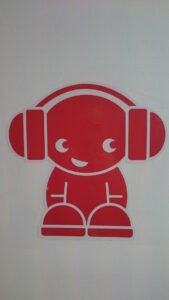
With the new systems harmonised across the network, Malcom has seen the staff reaping the benefits. “The biggest improvement is in the processing speed and the ability to export faster than real time,” he said. “I put my hand up to do this project because I was passionate it, and I wanted it to be everything it could be. We had to do the ‘Lap of the Map’. 20 studios is a massive undertaking. I didn’t have much hair in the first place, but now I have a lot less! That hardest aspect was coordination around the country. In every site, we needed different things done. Working with Scott is fantastic. We’ve known each other for 14 years, and I’ve built many stations with him on the journey. Dealing with so many different personalities and setups, it could have gone horribly wrong, but everyone was keen and kept pushing it along. Everyone happily worked harder to make a break for us to get into the studios to get the work done.”
Soundcorp have a continuing relationship with the new systems, with remote access built-in for maintenance. “If there are any issues, we can dial in from the office, from home, or from an iPad out on the road, and tweak the systems,” said Scott. “It doesn’t happen often, but from time to time there’s a system that requires a little TLC. It’s all part of what we can do; a full turnkey solution across the whole network, and software support across the whole country.”
Subscribe
Published monthly since 1991, our famous AV industry magazine is free for download or pay for print. Subscribers also receive CX News, our free weekly email with the latest industry news and jobs.


